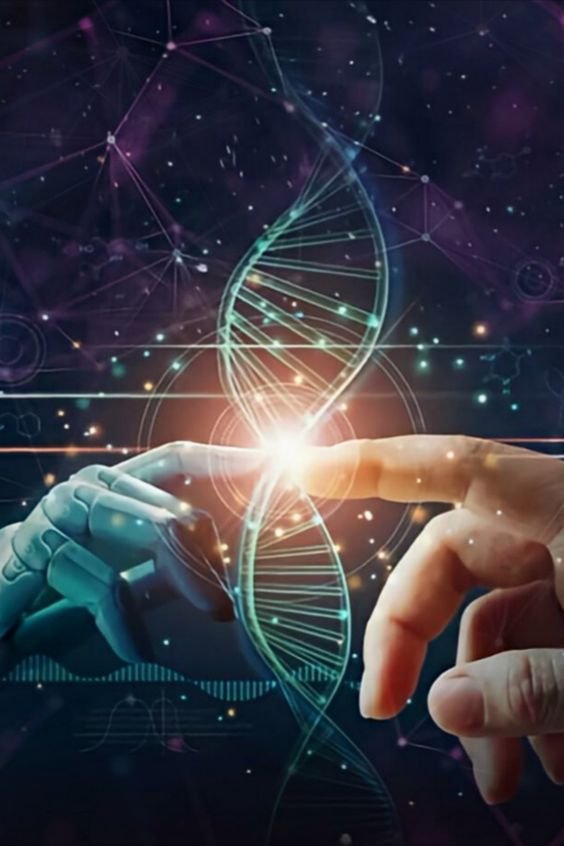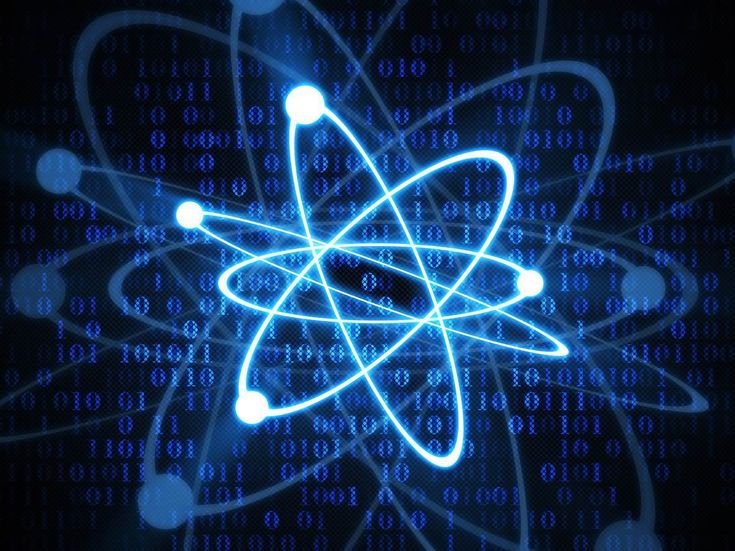
Disasters, whether natural or man-made, can strike unexpectedly, leaving communities vulnerable and in urgent need of assistance. The complexity and scale of modern disasters require advanced tools and technologies to ensure efficient and effective response efforts. One such technology is robotics. Over the past few decades, robotics has played an increasingly critical role in disaster response, providing unique capabilities that enhance the speed, safety, and effectiveness of rescue operations. This article explores the various roles that robotics plays in disaster response, the benefits and challenges associated with their deployment, and the future of robotics in this vital field.
1. Search and Rescue Operations
A. Autonomous Ground Vehicles: In disaster scenarios, such as earthquakes, landslides, or building collapses, locating survivors quickly is crucial for saving lives. Autonomous ground vehicles (AGVs) are equipped with sensors, cameras, and sometimes even robotic arms that allow them to navigate through rubble, debris, and other hazardous environments. These robots can enter areas that are too dangerous or inaccessible for human rescuers, providing real-time information and locating trapped individuals.
- Examples: The PackBot, developed by iRobot, is a versatile ground robot used in various disaster scenarios. It can climb stairs, navigate tight spaces, and provide video feedback to rescue teams.
B. Aerial Drones: Unmanned aerial vehicles (UAVs), commonly known as drones, are widely used in disaster response for aerial surveillance and search and rescue missions. Drones can cover large areas quickly, providing high-resolution images and real-time data to identify hotspots, assess damage, and locate survivors. Equipped with thermal imaging cameras, drones can detect heat signatures, making them particularly useful in finding people trapped under debris or in remote locations.
- Examples: DJI’s drones have been used in numerous disaster scenarios, including wildfires, floods, and hurricanes, to provide aerial reconnaissance and help coordinate rescue efforts.
C. Marine Robots: In disasters involving water, such as floods, tsunamis, or maritime accidents, marine robots play a crucial role in search and rescue operations. These robots can operate underwater, navigating through debris and strong currents to locate and rescue individuals. They can also be used to assess damage to underwater infrastructure, such as bridges, dams, and pipelines.
- Examples: The REMUS series of underwater autonomous vehicles (UAVs) has been used in disaster response for underwater searches and inspections.
2. Damage Assessment and Hazard Mitigation
A. Aerial and Ground-Based Surveillance: Robots equipped with cameras, sensors, and LiDAR (Light Detection and Ranging) technology are used to conduct damage assessments in disaster-affected areas. These robots can quickly map large areas, providing detailed information about the extent of damage to buildings, roads, and other infrastructure. This information is vital for prioritizing response efforts and allocating resources effectively.
- Examples: Boston Dynamics’ Spot robot, a quadruped robot, has been used for damage assessment in disaster scenarios. Spot can navigate challenging terrain and capture high-resolution images and 3D maps of the environment.
B. Hazard Detection: In disaster situations involving hazardous materials, such as chemical spills, radiation leaks, or toxic gas emissions, robots are deployed to detect and monitor these hazards. Equipped with specialized sensors, robots can identify the presence of dangerous substances, measure their concentration levels, and relay this information to response teams. This reduces the risk to human responders and helps in the safe containment and mitigation of hazards.
- Examples: The Chernobyl nuclear disaster site has used robots like the STR-1 to measure radiation levels and assess contamination without putting human lives at risk.
3. Medical Assistance and Humanitarian Aid
A. Medical Robots: In disaster zones where medical infrastructure is overwhelmed or damaged, medical robots can provide critical care and support. These robots can assist in triaging patients, delivering medical supplies, and even performing remote surgeries. Telemedicine robots allow doctors to remotely diagnose and treat patients in disaster areas, where access to medical professionals may be limited.
- Examples: The InTouch Health telemedicine robot has been deployed in disaster areas to provide remote consultations and medical care, connecting patients with doctors miles away.
B. Delivery of Supplies: Robots are increasingly being used to deliver humanitarian aid, including food, water, medical supplies, and other essential items, to disaster-stricken areas. These robots can navigate through difficult terrain and deliver supplies to areas that are otherwise inaccessible due to flooding, debris, or other obstacles.
- Examples: Zipline, a drone delivery company, has used its UAVs to deliver medical supplies and vaccines to remote areas during disasters, particularly in countries with limited infrastructure.
4. Infrastructure Repair and Reconstruction
A. Robotic Construction and Repair: After a disaster, infrastructure such as roads, bridges, and buildings may be severely damaged, requiring immediate repair or reconstruction. Robotics can play a role in automating these processes, particularly in hazardous environments where human workers may be at risk. Robots can be used for tasks such as debris removal, structural assessments, and even the reconstruction of critical infrastructure.
- Examples: Construction robots like the Hadrian X, which can lay bricks and build walls, have the potential to be deployed in disaster zones to quickly rebuild homes and other structures.
B. Inspection and Maintenance: Robots are also used for the inspection and maintenance of critical infrastructure in the aftermath of a disaster. Drones and ground robots equipped with cameras and sensors can inspect bridges, power lines, pipelines, and other infrastructure to assess damage and identify areas that need repair.
- Examples: The SkySpecs drone has been used to inspect wind turbines after natural disasters to assess damage and plan for repairs.
5. Challenges and Limitations
A. Technological Limitations: While robotics technology has advanced significantly, there are still limitations that need to be addressed. These include battery life, communication issues in remote or heavily damaged areas, and the ability of robots to navigate complex and unpredictable environments. Additionally, the cost of deploying advanced robots can be prohibitive for some disaster response efforts, particularly in low-resource settings.
B. Ethical and Legal Concerns: The use of robotics in disaster response raises ethical and legal questions, particularly regarding the autonomy of robots in making life-and-death decisions. Ensuring that robots are used in ways that respect human dignity and rights is crucial. Additionally, there are concerns about the potential for job displacement as robots take on roles traditionally filled by human responders.
C. Integration with Human Teams: Robots are most effective when they work in conjunction with human responders. However, integrating robots into existing disaster response teams can be challenging. It requires training for human operators, effective communication between robots and humans, and the development of protocols for collaboration.
6. The Future of Robotics in Disaster Response
A. Advancements in AI and Machine Learning: The future of robotics in disaster response will be driven by advancements in artificial intelligence (AI) and machine learning. These technologies will enable robots to better understand and navigate complex environments, make autonomous decisions, and improve their ability to interact with human responders.
B. Development of More Specialized Robots: As robotics technology continues to evolve, we can expect the development of more specialized robots tailored to specific types of disasters. For example, robots designed specifically for urban search and rescue, underwater operations, or dealing with hazardous materials will become more common.
C. Increased Collaboration Between Robotics and IoT: The integration of robotics with the Internet of Things (IoT) will enhance the capabilities of disaster response robots. IoT devices can provide real-time data from sensors deployed in disaster zones, which can be used to guide and optimize the actions of robots.
D. Global Collaboration and Standardization: As robotics becomes more central to disaster response, global collaboration and standardization efforts will be essential. This includes the development of international standards for the design, deployment, and operation of disaster response robots, as well as collaboration between governments, NGOs, and private companies to share resources and expertise.
Conclusion
Robotics has become an indispensable tool in disaster response, offering capabilities that enhance the speed, safety, and effectiveness of rescue operations. From search and rescue to medical assistance and infrastructure repair, robots are playing a vital role in saving lives and aiding recovery in the aftermath of disasters. As technology continues to advance, the role of robotics in disaster response will only grow, offering new possibilities for mitigating the impact of disasters and improving the resilience of communities worldwide. However, it is crucial to address the challenges and ethical considerations associated with the use of robotics, ensuring that these technologies are deployed in ways that complement human efforts and uphold humanitarian principles.









